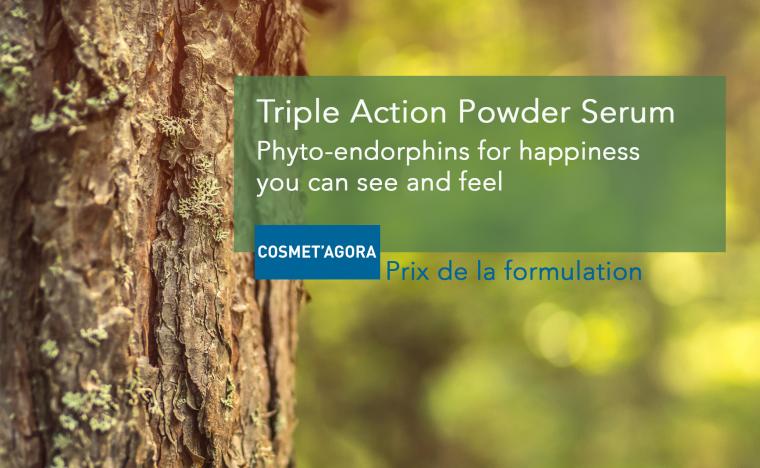Sustainable production of mosses for cosmetics
Mosses are a separate division within the plant kingdom with over 100’000 species and are found all over the world. Mosses grow slowly but consistently. They can collect the essential nutrients from the rain and mist and don’t need soil and can thereby colonize places where so called higher plants can’t grow at all. Their robustness against harsh conditions was crucial during their evolution as they greened our planet approx. 470 Mio years ago.
Not only can they collect valuable nutrients like calcium, they are also able to absorb heavy metals and toxins from the environment or even manmade pollution.
Studying mosses allows mapping the level of pollution in a given region. There is even a project cultivating sterile moss in laboratories to then use it in the environment as pollution monitor.
Hence, to grow mosses under sterile conditions in a laboratory poses the huge benefit to obtain moss biomass without toxic contaminants. Additionally, the lab grown moss is growing faster and reproducible under optimized conditions and needs much less water compared to indoor or outdoor cultivation.
But how is this done? At first extensive research needs to be conducted to identify optimal conditions for moss cultivation: including but not limited to temperature, pH, light intensity and essential trace elements. Each moss species has its own set of unique parameters according to their natural habitat.
Establishing sterile moss cultures is very complex. It can for example be achieved by sterilizing spore capsules with ethanol. Once some sterile plant material is cultivated, one can grow it on agar plates, and it will develop the well-known “moss carpet”. This carpet consists of the gametophyte (the moss body one can see by eye) and the protonema, to oversimplify. The protonema is a root like juvenile tissue that grows out and builds new gametophyte by building sprouts. The protonema can regrow and multiply even after disruption. This phenomenon gives access to the possibility to establish homogeneous liquid cultures by regularly disruption of the protonema tissue, not giving them time to develop gametophores. Establishing homogeneous liquid cultures is mandatory to up scale the process to an industry relevant volume.
In a single use pharma grade wave bag system, we culture the moss protonema. The main nutrient is carbon dioxide, filtered by the moss from the circulating air. By energy saving LED’s the mosses can form all the metabolites via photosynthesis.
We established a production process which is season independent, and yields to a product which is sterile, free of heavy metals toxins and other contaminants. Mibelle Biochemistry therefore can produce an extract of highest quality and performance for cosmetic application. MossCellTec No. 1 is the first moss based active ingredient from sustainable grown moss, based on biotechnology.










